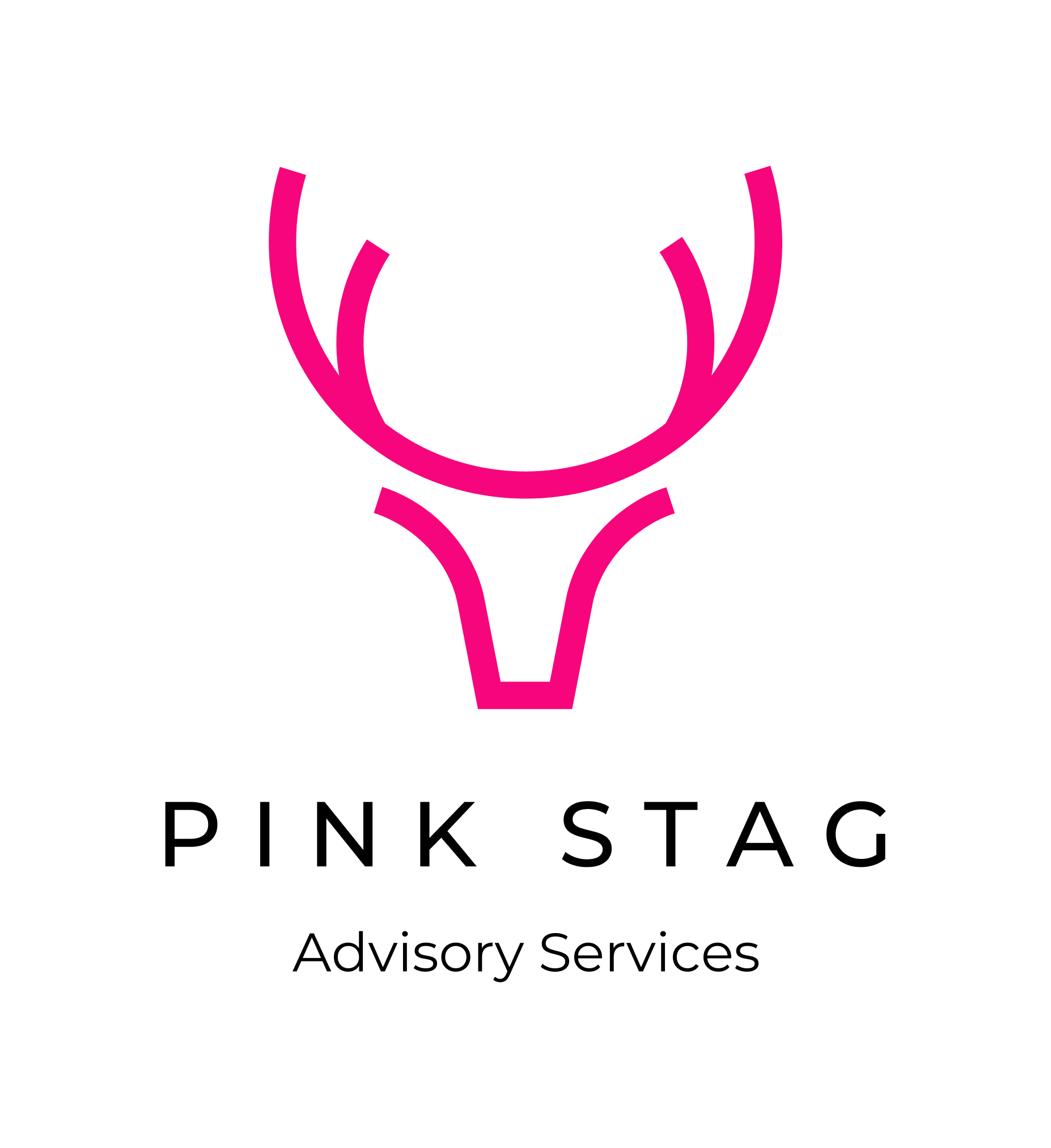Information Systems Health Check
Pink Stag offers a comprehensive, independent "Information Systems Health Check" service for New Zealand CEOs and Boards. This structured diagnostic engagement assesses the alignment, performance, risks, and opportunities of your organisation's technology, data, and partner ecosystem. The outcome is a concise board-ready report and roadmap designed to guide executive and governance decision-making.
Framework Modules
1. Strategic Alignment Assessment
Objective: Evaluate how current data and technology systems support the company's strategic goals and future vision. Includes: Review of strategic goals and how well current technology supports them. Interviews with key leaders.
Key Activities:
Review the organisation's strategic plans and objectives.
Assess the alignment of existing technology initiatives with these strategic goals.
Identify gaps where technology may not be effectively supporting business objectives.
Deliverables:
Strategic alignment map.
Summary of executive interviews.
Gap analysis report.
Recommendations
2. Technology Infrastructure Review
Objective: Assess the current state of the organisation's technology infrastructure, including hardware, software, and network systems. Includes: Inventory, performance, scalability, and technical gaps across infrastructure.
Key Activities:
Inventory existing technology assets.
Evaluate the performance, scalability, and reliability of current systems.
Identify obsolete technologies and areas requiring upgrades or replacements.
Deliverables:
Technology inventory matrix.
Infrastructure health scorecard.
Scalability and risk commentary.
Recommended infrastructure priorities.
3. Data Management & Quality Assessment
Objective: Analyse the organisation's data governance practices, data quality, and data lifecycle management. Includes: Data governance, accuracy, compliance, defensible destruction.
Key Activities:
Evaluate data collection, storage, processing, and retention policies.
Assess data accuracy, consistency, and integrity.
Review compliance with data protection regulations and standards.
Deliverables:
Data governance summary.
Risk register for compliance and quality.
Recommendations for improvement.
Sample defensible destruction framework (if applicable).
4. Cybersecurity & Risk Management Evaluation
Objective: Delivered with our partner, Mindshift, we examine the organisation's cybersecurity approach and risk management strategies. Includes: Current state, controls, incident readiness, and risk exposure.
Key Activities:
Assess existing cybersecurity policies, procedures, and controls.
Identify vulnerabilities and potential threats to information assets.
Evaluate incident response and disaster recovery plans.
Deliverables:
Cybersecurity maturity rating.
Summary of risks and mitigations.
Response readiness checklist.
Strategic risk recommendations
5. Vendor & Partner Relationship Analysis
Objective: Review the effectiveness of current technology vendors and partners in meeting organisational needs. Includes: Performance, strategic alignment, contract value/risk.
Key Activities:
Analyse existing contracts, service level agreements (SLAs), and performance metrics.
Assess the strategic value and risks associated with each vendor or partner.
Identify opportunities for consolidation, renegotiation, or termination of vendor relationships.
Deliverables:
Vendor performance dashboard.
Contract value-risk matrix.
Consolidation opportunities report.
Partner alignment recommendations.
6. Procurement & Implementation Planning Review
Objective: Evaluate the organization's processes for procuring and implementing new technology solutions. Includes: Policies, past outcomes, future pipeline and capability.
Key Activities:
Review procurement policies and procedures for technology acquisitions.
Assess past technology implementation projects for success factors and challenges.
Recommend best practices for future technology procurement and deployment.
Deliverables:
Summary of procurement maturity.
Lessons learned from past procurements.
Pipeline risk/opportunity map.
Process enhancement recommendations.
7. Change Management & Technology Adoption
Objective: Assess the organization's readiness and capacity to manage change and adopt new technologies. Includes: Review of organisational readiness and capability to embed change.
Key Activities:
Evaluate existing change management frameworks and practices.
Assess employee engagement, training programs, and support structures for technology adoption.
Identify cultural or organisational barriers to change.
Deliverables:
Change readiness heatmap.
Cultural resistance and adoption insights.
Summary of enablement capabilities.
Roadmap to build change maturity.
Final Report to CEO and Board – Format
Executive Summary – Key findings across all areas with strategic implications.
One-page Heatmap – Traffic light visual of module ratings.
Module-by-Module Summary – Highlights, risks, and top recommendations.
Prioritised Roadmap – Short, medium, and long-term actions.
Risk Register – Top 10 technology risks with mitigation plans.
Appendices – Interview notes, checklists, supporting evidence.
Engagement Options
Option 1: Comprehensive Health Check (Full 7-Module Engagement)
Total Duration: 8–11 days
Investment: on enquiry
Best suited for: Mid to large organisations needing a full review.
Option 2: Targeted Review (Choose your Modules)
Custom Duration: tbc
Investment: on enquiry
Best suited for: Companies seeking to review specific pain points.
Option 3: Board Brief / Rapid Review
Duration: 2–4 days
Flat Fee: on enquiry
Best suited for: Organisations requiring a snapshot view
Why Pink Stag?
Your engagement is led by a senior advisor with a proven track record in technology governance, defensible destruction, procurement, and technology change. No vendor ties. 100% independent.
